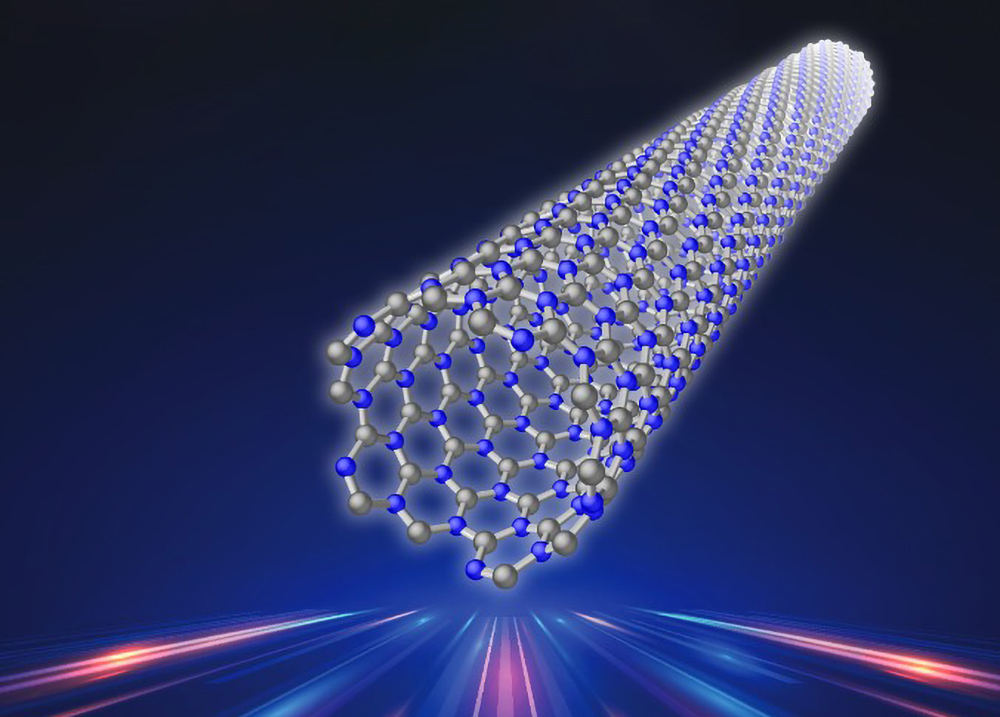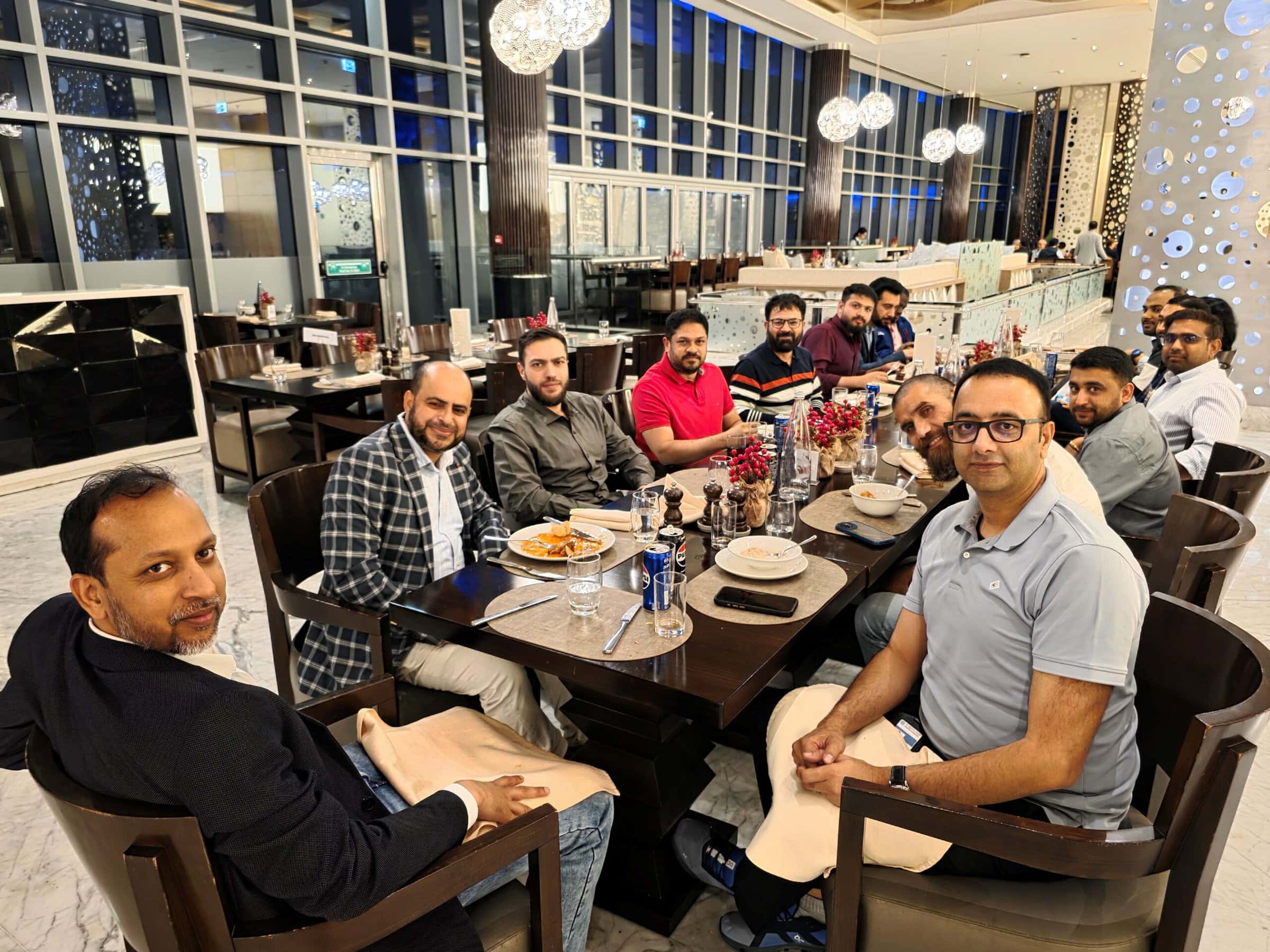
[Image] Simulated structure of the International Simple Glass composition (24,000 atoms). (A) the overall view and (B) zoomed-in view. Credit: Deng and Du, Journal of the American Ceramic Society
Developing and using models for describing and predicting behavior is a key outcome of research. Models can be simple, such as the ideal gas law, or they can be extremely complex and require the substantial computational capacity of supercomputers.
Briefly, scientific modeling combines data, observations, experimentation, and theories into mathematical, physical, or conceptual systems used to explain and predict complex behaviors from simpler information. For example, weather models predict the likelihood of precipitation based upon temperatures, wind velocities, humidity measurements, and more. Providing support for scientific modeling is among the major reasons underlying the push for sharing and publishing research data.
Models are useful to gauge outcomes when experimentation is expensive and/or very difficult. Kinetic models are used to predict long-term behaviors based on short-term experiments. Einstein used relativistic models to predict gravitational waves more than 100 years ago, yet the technology to sense and measure such waves was only built recently.
Each model has boundary conditions (limitations) and scale (size). The ideal gas law is limited to gases that have little intrinsic forces of attraction or repulsion. Simple molecules such as oxygen and nitrogen fall into this class over wide ranges of conditions, while water vapor has a much more limited range. Scales can be as large as galaxies (motion of stars) to as small as subatomic (electrons).
Modeling has provided new insights into the complexity of ceramic materials (see here and here). Dependencies on intrinsic characteristics such as crystal structure and crystallite size, as well as external factors such as thermal history and environmental factors, are translated into driving forces and energies. Changes are allowed to occur at the scale of the model system that result in reducing the overall forces and energies of the system.
ACerS Fellow Jincheng Du, professor at University of North Texas and editor for Journal of the American Ceramic Society and International Journal of Applied Glass Science, explains how modeling has made a deep impact on glass science.
“The wonderful properties of glass materials originate from their atomic structures. Understanding the structure of glasses, however, is greatly hindered by their amorphous nature.
Unlike crystals, where the structures have translational symmetry and can be described by relatively small unit cells that can be measured by methods such as X-ray diffraction, there is no direct way to map out the whole atomic arrangements of a glass through common experimental methods.
Because of this fact, atomistic computer simulation methods such as molecular dynamics, Monte Carlo, and related algorithms have become a high valuable way to understand glass structure, ever since computer simulations became a viable scientific method.
Atomistic simulations are now widely adopted, in both academics and industry, and have become an almost indispensable approach in studying the atomic structure features and structure–property relations of glasses. Applications range from fundamental understanding of glass structure, such as the first sharp diffraction peak, to industrial problems, such as ion-exchange chemical strengthening. These simulations provide a wealth of short- and medium-range structural information and create linkages between “structure snapshots” obtained from various experimental techniques.
Although both classical and ab initio molecular dynamics have been used for glass simulations, classical simulations that use interatomic potentials to describe the energetics interactions among the atoms or molecules are the most widely used method. One key challenge of classical molecular dynamics simulations is the development of efficient and accurate potentials for various types of glass systems and glass-environment interactions.
For this month’s Glass: Then and Now, we selected four papers published in ACerS journals that span four decades, which use molecular dynamics simulations to study the complex borosilicate glass structures and properties and investigate the structures and crack propagation in silicate glasses using reactive potentials. These papers provide a glimpse of how atomistic simulations are applied to glass science and engineering problems.”
– Jincheng Du, University of North Texas
Articles for Molecular dynamics simulations
Author
Jonathon Foreman
Spotlight Categories
- Journal and Bulletin Updates


